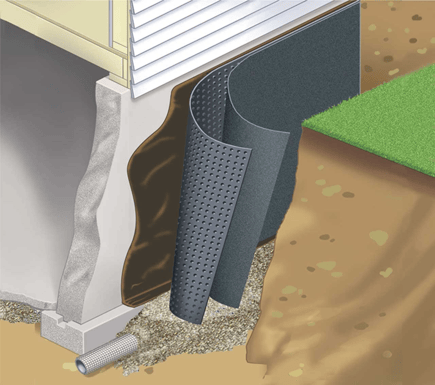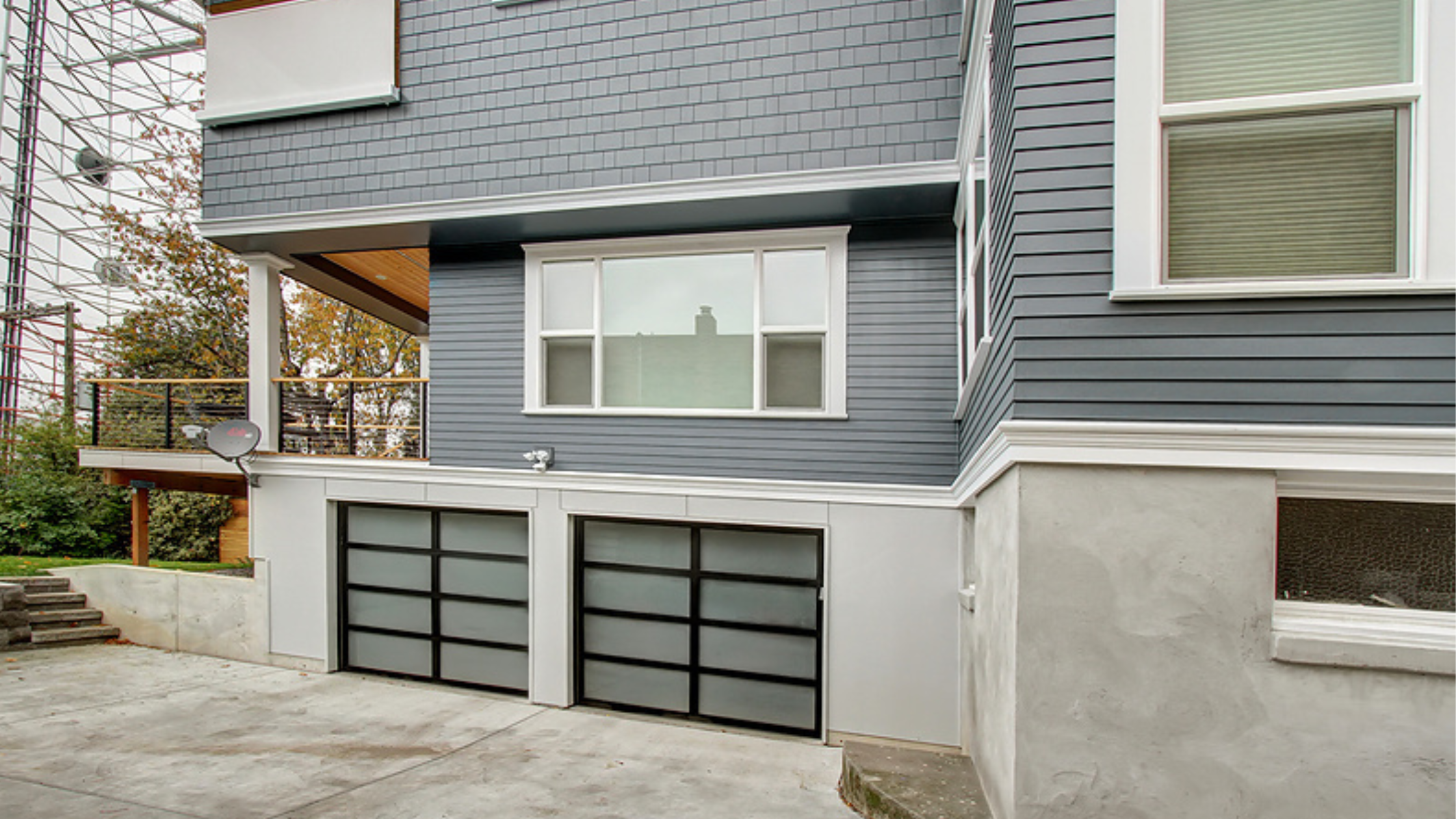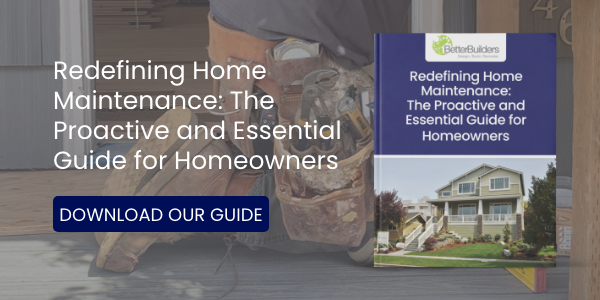The foundation is aptly named as the base that supports your entire home. When issues arise with your foundation, you risk compromising the entire structure. Many homeowners don’t realize that cracked or damaged foundations are more common than you’d think.
The stability and durability of your foundation are significantly affected by the ground conditions during the foundation's pouring. In the case of Seattle's damp climate, homes are more prone to foundation issues and settlement.
Do Cracks Always Mean Foundation Problems?
Long story short, cracks along your home’s foundation do not always mean significant problems. Settling is usually noticed via small cracks on a home's first or second floor. Foundation settlement is caused by wood drying out and shrinking between the time of construction and the settling. The shrinking of the wood causes the settling, leading to foundation cracks. A foundation problem could also show settling, but you would usually notice it by the floor being out of level or a buckled foundation wall.
How Do You Know if a Foundation Crack is Serious?

It is perfectly normal for masonry and concrete to shrink during curing, and hairline cracks are expected in all foundations. You can determine if a crack will be a structural issue if it continues to grow or change over time in any way. If the two wall planes on either side of the crack no longer line up, this usually indicates that there's settling in the footing that the wall sits on or significant pressure pushing up against the foundation wall. This can cause twisting of the wall, which means bad news! In modern building codes, reinforced concrete is required not to prevent cracking but to prevent separation. So depending on the age of your foundation and your symptoms, it might mean there are larger underlying foundation issues like the concrete foundation wasn’t created correctly.
How Much Foundation Cracking Is Acceptable?
How much foundation cracking is acceptable depends on the situation because most modern foundations have waterproofing and uncoupling mats that go against the waterproofing with enough elasticity so that it can stretch and not jeopardize the structural integrity of the wall. If the wall expands beyond the elasticity, you will lose the waterproofing performance and need a foundation expert for repair.
Can a House Collapse from Cracks?
In the broad scope, yes, a house could collapse from foundation cracks. However, this is very unlikely. Consulting with a trusted, qualified contractor or structural engineer is critical.
What’s Worse: Vertical or Horizontal Cracks?

A basement wall with vertical cracks typically means pressure from soil shifting underneath the basement. Horizontal cracks can indicate that water and soil are pushing in from the outside of the basement walls - aka hydrostatic pressure. Most commonly, they occur after you’ve started to see bowed basement walls with cracked drywall and haven’t done anything for some time. This is an indication of severe foundation problems, and it’s important to talk to an expert as soon as possible.
Typically, vertical cracks are caused by a shrinking concrete slab foundation, and horizontal cracks are generally not caused by shrinking but instead by a structural failure somewhere else. In some cases, a diagonal crack would also be considered a vertical crack.
Keep Your Home Standing Strong
When you notice shrinkage cracks or any other structural damage, you should immediately consult a foundation repair professional. Based on an expert's opinion, no action may be needed immediately, but instead, the cracks need to be monitored. In severe cases, like damage after seismic events, or high wind events, you may need to vacate the residence until structural cracks are repaired. Likewise, if there's any question that your foundation has been compromised, you should consult with an expert immediately. Ignoring underlying foundation problems or structural problems, in general, can cause irreversible damage, so it's imperative to consult a professional as soon as you notice any of these signs of damage or change to begin your foundation crack repair journey right away.
Annual maintenance inspections of your home's foundation should be part of any good home maintenance checklist. For more information on how to keep your home in good shape, download our eBook, “Redefining Home Maintenance: The Proactive & Essential Guide for Homeowners.”



